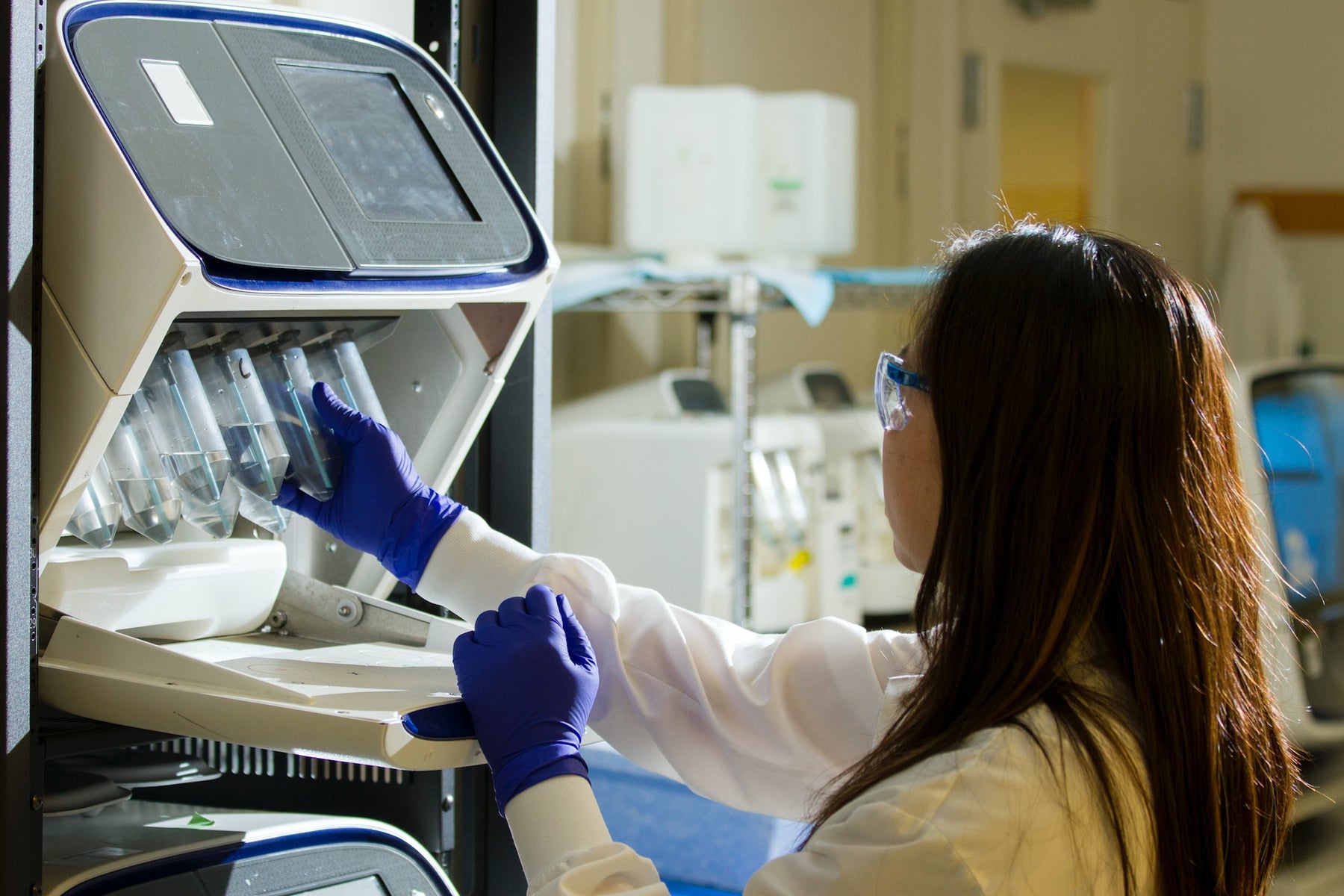(858) 224-9100

QuEChERS: A Quick, Easy, Cheap, Effective, Rugged, and Safe Method for Pesticide Analysis 🌿
Greetings, laboratory professionals! Today, we delve into the process of pesticide analysis using the QuEChERS method. This guide will provide you with a step-by-step walkthrough, ensuring you have a thorough understanding of the process. Let's begin.
Understanding QuEChERS 🧪
QuEChERS stands for Quick, Easy, Cheap, Effective, Rugged, and Safe. It's a method used for cleaning up samples, primarily for pesticide analysis. It simplifies sample preparation significantly, reducing the use of solvents and glassware, and eliminating the need for carcinogenic chlorinated solvents.
Step 1: Homogenizing the Sample 🌀
The first step in the QuEChERS method is to homogenize your sample. This involves breaking the sample into small pieces to ensure that the sample you test is representative of the entire batch. This is crucial for obtaining accurate results.
Step 2: Weighing the Sample ⚖️
Next, you weigh out about 200 milligrams of your sample. This step is important because it sets the basis for your dilution calculations later on. If this step is not done correctly, it could lead to inaccurate results.
Step 3: Diluting the Sample 💧
The next step is to dilute your sample up to 20 milliliters with methanol. This is a 100-fold dilution, meaning you've made the sample 100 times less concentrated. This step is crucial because it prepares the sample for analysis by reducing its concentration to a level that can be accurately measured by the HPLC system.
Step 4: Adding QuEChERS Salts 🧂
After diluting the sample, you add QuEChERS salts to the sample. These salts help to separate the water from the organic solvents, allowing the pesticides to be extracted into the organic phase.
Step 5: Vortexing and Centrifuging the Sample 🌀
After adding the QuEChERS salts, you vortex the sample for about 10 minutes and then centrifuge it. This helps to mix the sample thoroughly and separate any solid particles from the liquid, ensuring a clear sample for analysis.
Step 6: Further Cleanup with dSPE 🧴
The next step is to perform a further cleanup of your sample using dispersive Solid Phase Extraction (dSPE). This involves adding dSPE salts to the sample, vortexing, and centrifuging again. The dSPE salts help to remove any remaining interferences that could affect the analysis.
Step 7: HPLC Analysis 📊
Finally, the cleaned-up sample is ready for HPLC analysis. For pesticide testing, a C18 column is typically used. The column oven temperature is set at 40 degrees Celsius, and the detector is set at 225 nanometers. The mobile phase consists of 0.1% formic acid in water and acetonitrile, and the flow rate is set at 1.5 milliliters per minute.
And that's it, laboratory professionals! You're now equipped to perform pesticide analysis using the QuEChERS method. For a visual guide, don't forget to check out our video tutorial. Until next time, stay precise and efficient in your lab work! 🌿

Leave a comment